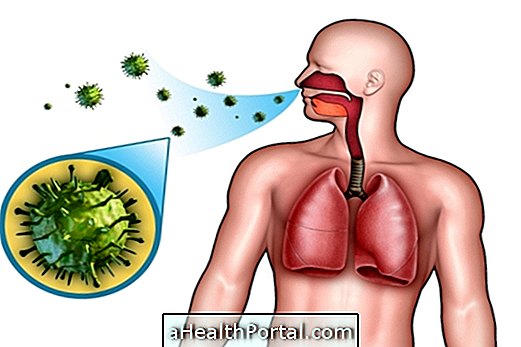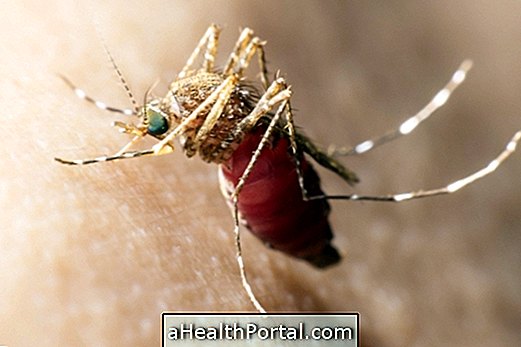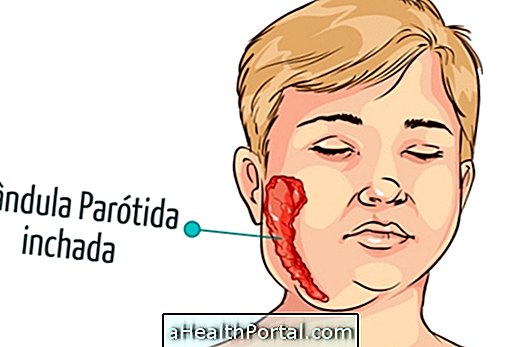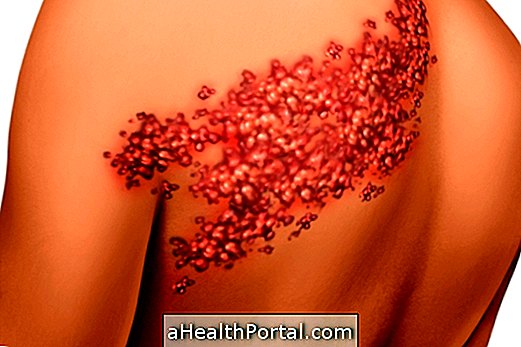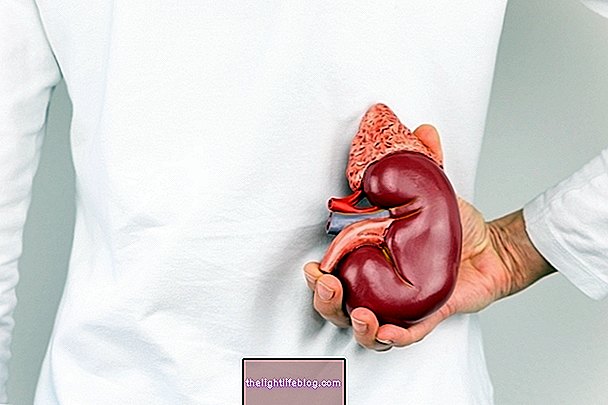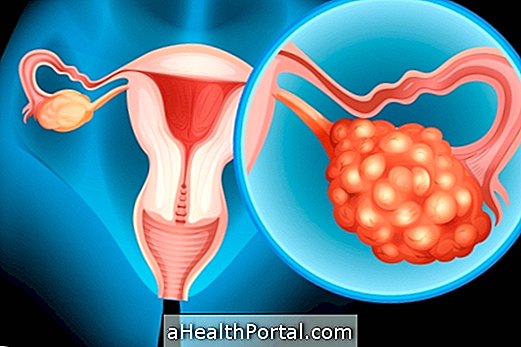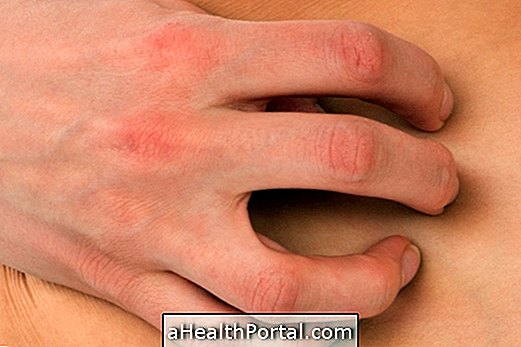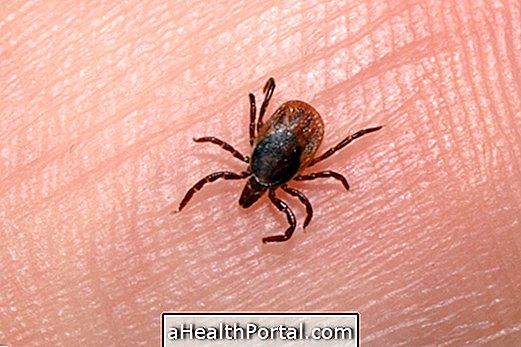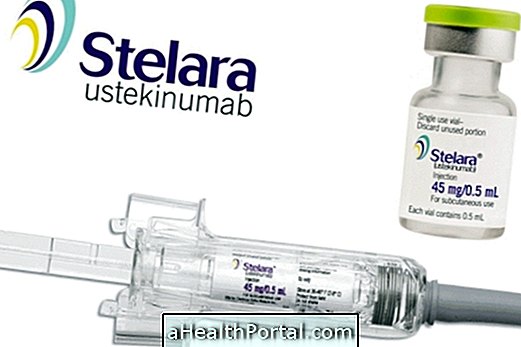Whipple's disease is a rare and chronic bacterial infection that usually affects the small intestine and makes it difficult to absorb food, causing symptoms such as diarrhea, abdominal pain or weight loss.
This disease installs slowly, and may also reach other organs of the body and cause joint pain and other more rare symptoms, such as movement disorders and cognitive disorders, brain impairment, chest pain, shortness of breath and palpitations, due to compromising the heart, for example.
Although it can be life-threatening as it progresses and worsens, Whipple's disease can be treated with the use of antibiotics prescribed by the gastroenterologist or general practitioner.

Main symptoms
The most common symptoms of Whipple's disease are related to the gastrointestinal system and include:
- Constant diarrhea;
- Abdominal pain;
- Cramps that may worsen after meals;
- Presence of fat in feces;
- Weight loss.
Usually, the symptoms will worsen very slowly over time, and may last for months or years. As the disease progresses, it can affect other body sites and cause other symptoms like joint pain, cough, fever and enlarged lymph nodes.
The most severe form, however, occurs when neurological symptoms such as cognitive changes, ocular movements, changes in movement and behavior, convulsions and difficulties in speech, or when cardiac symptoms such as chest pain, shortness of breath and palpitations arise, due to changes in cardiac function.
Although the doctor may suspect the disease due to symptoms and clinical history, the diagnosis can only be confirmed with a bowel biopsy, usually taken during a colonoscopy, or other affected organs.
What Causes Whipple's Disease
Whipple's disease is caused by a bacterium, known as Tropheryma whipplei, which causes small lesions inside the intestine that make it difficult to absorb minerals and nutrients, leading to weight loss. In addition, the intestine also can not adequately absorb fat and water and therefore, the onset of diarrhea is common.
In addition to the gut, the bacteria can spread and reach other organs in the body such as the brain, heart, joints and eyes, for example.
How is the treatment done?
Treatment of Whipple's disease is usually initiated with an injectable antibiotic, such as Ceftriaxone or Penicillin, for 15 days, and then oral antibiotics such as Sulfamethoxazole-Trimethoprim, Chloramphenicol or Doxycycline are required, for example, during 1 or 2 years, to completely eliminate the bacteria of the organism.
Although treatment is time-consuming, most symptoms disappear within 1 to 2 weeks after initiation of treatment, however, use of the antibiotic should be continued for the entire period indicated by the physician.
In addition to antibiotics, the ingestion of probiotics to regulate the functioning of the intestine and improve the absorption of nutrients is essential. It may also be necessary to supplement with vitamins and minerals such as vitamin D, A, K and B vitamins, as well as calcium, for example, because the bacteria makes it difficult to absorb food and can cause malnutrition.
How to avoid contagion by disease
To prevent this infection, it is important to only drink drinking water and wash the food thoroughly before preparing it, as the bacteria that causes the disease are usually found in soil and contaminated water.
However, there are many people who own the bacteria in the body but never develop the disease.
